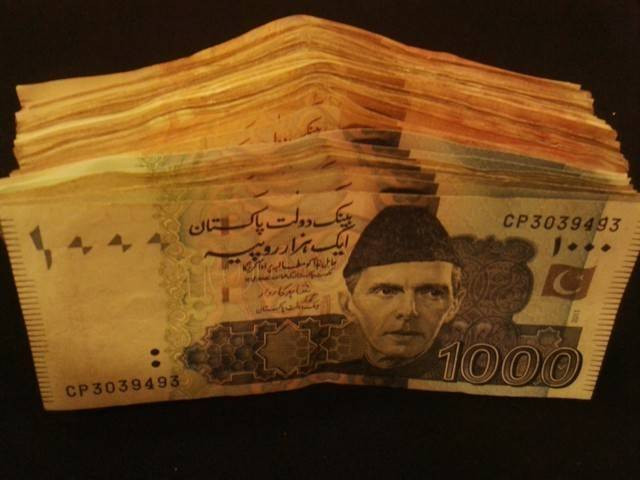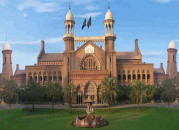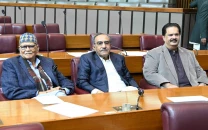Punjab MNAs given uplift funds
Centre releases Rs28 billion to province’s MPs under SAP 4

After the Punjab government, the federal government has also released development funds to the constituencies of National Assembly members of the province.
An uplift budget of Rs28 billion was released to the MNAs under the Sustainable Development Goals Achievement Programme (SAP) 4.
In Lahore, a fund of Rs1.13 billion has been released to its lawmakers as well as Rs1.40 billion to DG Khan.
A sum of Rs2.40 billion was handed over to the MNAs from Rawalpindi.
Besides, the MNAs of Mianwali, Jhelum and Bahawalpur each received Rs700 million.
The MNAs from Bahawalnagar were handed over funds to the tune of Rs350 million and a sum of Rs1.3 billion was released for Rahim Yar Khan.
A total fund of Rs3.85 billion was handed over to the entire Faisalabad Division.
The MNAs from Faisalabad were given Rs2.10 billion. Those from Jhang were handed over a sum of Rs1.5 billion.
The lawmakers from Chiniot and Toba Tek Singh each received Rs350 million.
The MNAs from Rajanpur were given Rs1.5 billion, Muzaffargarh Rs1.07 billion and Layyah Rs700 million.
Gujarat received a sum of Rs350 million, Multan Rs2.30 billion, Khanewal Rs720 million and Vehari Rs70 million.
Read More: Commerce ministry releases refunds of Rs6b
Pakistan affirmed its commitment to the 2030 Agenda for Sustainable Development by adopting the Sustainable Development Goals (SDGs) as its own national development agenda through a unanimous National Assembly Resolution in 2016.
Since then, the country has made considerable progress by mainstreaming these goals in national policies and strategies and developing an institutional framework for SDGs implementation in Pakistan.
SDG support units have been established at federal and provincial levels with the planning institutions (Ministry of Planning Development and Special Initiatives and Provincial Planning and Development Departments) to guide SDGs implementation and monitoring progress.
In 2018, the government designed and approved a National SDGs Framework that envisages a national vision to prioritise and localise SDGs.
The SDGs, also known as the Global Goals, were adopted by all United Nations Member States in 2015 as a universal call to action to end poverty, protect the planet and ensure that all people enjoy peace and prosperity by 2030.
The 17 SDGs are integrated -- that is, they recognize that action in one area will affect outcomes in others, and that development must balance social, economic and environmental sustainability.
Through the pledge to “Leave No One Behind”, countries have committed to fast-track progress for those furthest behind first. That is why the SDGs are designed to bring the world to several life-changing ‘zeros’, including zero poverty, hunger, AIDS and discrimination against women and girls.



















COMMENTS
Comments are moderated and generally will be posted if they are on-topic and not abusive.
For more information, please see our Comments FAQ